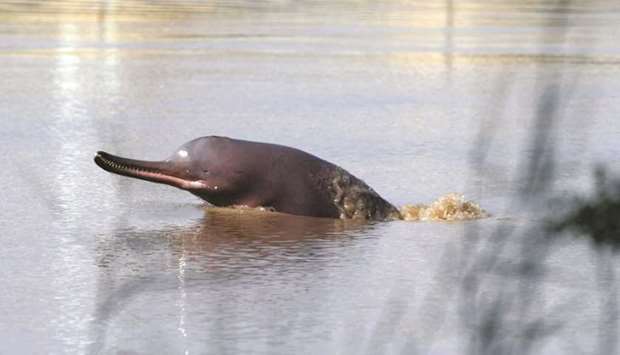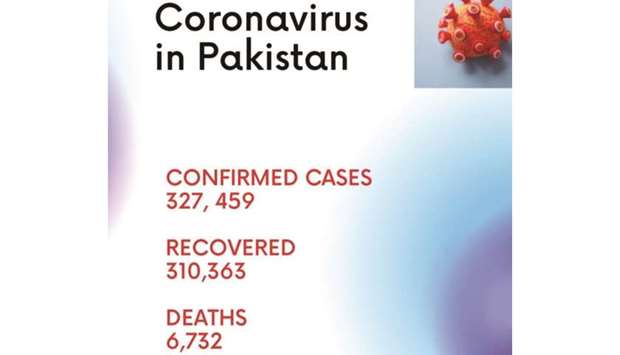In a bid to monitor the migration pattern, movement and behaviour of the Indus River dolphin, WWF-Pakistan in collaboration with the Sindh Wildlife Department and Punjab Wildlife and Parks Department plans to place satellite tags on three of the fresh water endangered species, shortly. The first Indus River dolphin was tagged in 2009, which provided valuable information about the species and demonstrated scientifically that dolphins could pass upstream and downstream Sukkur barrage, World Wide Fund for Nature-Pakistan (WWF-Pakistan) said while marking the International World River Dolphin Day 2020. The planned tagging will also help generate information about impact of seasonal variation, changes in freshwater flows and quality of the water, it said. Classified as endangered, the Indus River dolphin or blind dolphin (locally called Bhulan) is a freshwater cetacean, endemic to the Indus River system. Although it is challenging to tag Indus dolphins due to their small dorsal fins and surfacing for just a few seconds, starting with a small number is a good idea to test how the tags work and generate valuable information about this freshwater species. WWF-Pakistan believes that Pakistan offers this unique tagging opportunity as dolphins are regularly rescued from canals. Commenting on the population range and threats to the Indus River dolphin, Dr Uzma Khan, Asia Coordinator, River Dolphins River Initiative, WWF said that the Indus dolphin was found in all major rivers of Pakistan including Sutlej, Beas, Ravi and Jhelum. However, infrastructure development wiped out the population in these rivers and now it is only found in the Indus River with only six to eight dolphins existing in the Beas River section in India. A decline of around 80% has been witnessed in the habitat range of the Indus River dolphin due to barrages. She felt the canal stranding is a regular feature and on average eight dolphins become trapped in canals every year, which are then physically trans-located back to the mainstream of the Indus River. “Apart from habitat fragmentation, unsustainable and illegal fishing practices pose a threat to the population of the Indus River dolphin,” she added. According to last survey conducted in 2017, a total of 1,816 dolphins were reported in the Indus River. The largest population of the dolphin, 1,075 individuals, is concentrated along a 200km patch between Guddu and Sukkar barrages, which was declared the Indus Dolphin Reserve in 1974. Earlier, three surveys were conducted i.e. in 2001, 2006 and 2011 in which 965, 1,410 and 1,452 dolphins were found respectively. WWF-Pakistan states that as a result of community engagement in dolphin conservation initiatives, partnerships and awareness campaigns, dolphin numbers have almost doubled in the last two decades. Sharing concerns over the numerous dams planned under the China Pakistan Economic Corridor’s (CPEC) Indus Cascade Project, WWF-Pakistan is of the view that dams alter river ecology, change sediment flow which impacts hydrology and flows of a river posing threats to prey species and their breeding grounds leading to damaging habitat of river dolphins. Moreover, the Inland Waterway Project planned to develop the Indus River for transportation of goods through vessels can also be detrimental for the Indus dolphin population. To create awareness among local fisher and farmer communities and sensitise youth and students about the ecological significance of river dolphins, WWF-Pakistan organised a briefing session and an awareness walk along the riverside in Ghotki district of Sindh. WWF-Pakistan believes that entanglement in fishing nets, shortage of freshwater, construction of canals and barrages on the Indus River and water pollution are key threats to the Indus River dolphin. However, community awareness and participation in rescue operations, engagement of academia and research institutes and other relevant stakeholders can play a pivotal role in conservation of this freshwater cetacean.
Saturday, November 23, 2024
|
Daily Newspaper published by GPPC Doha, Qatar.




















